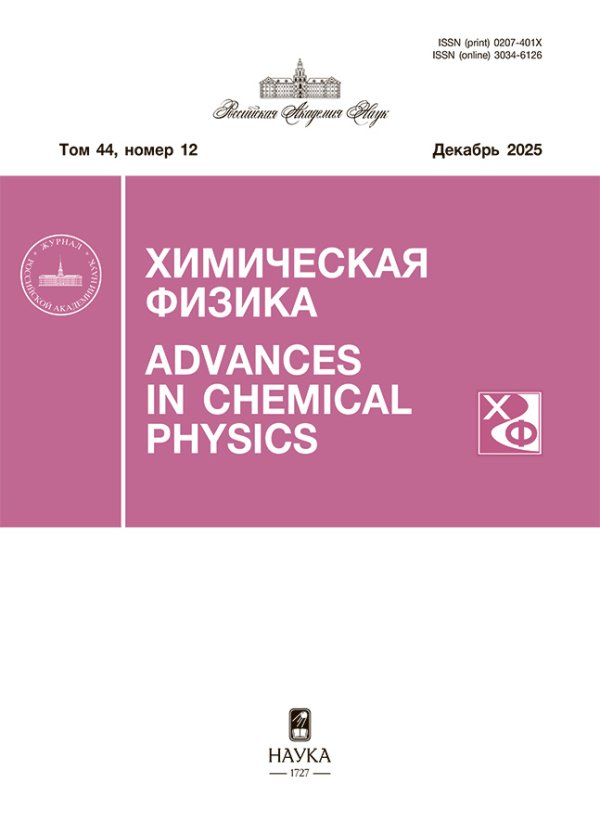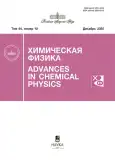Carbonyl oxides, or Criegee intermediates, are chemically active compounds that readily react with other atmospheric components, promoting the formation of OH and CH3 radicals, nitrogen oxides, aldehydes, hydrogen peroxide, and various acids. In this work, we consider the physicochemical processes involving electronically excited states of three simple Criegee intermediates: CH2OO, CH3CHOO and (CH3)2COO. In addition to the ground state S0, the calculation scheme included four low-lying excited electronic states: S1 (nπ*), S2 (ππ*), S3 (nπ*), and S4 (ππ*). It was found that the optical transitions S0→S2 and S0→S4 have comparatively large dipole moments; therefore, they are observed in the absorption spectra of these compounds and play a key role in atmospheric processes. Analysis of the PES structures corresponding to these excited states, their relative arrangement, local minima and maxima, as well as intersection points, showed that under photoexcitation in typical atmospheric conditions the most probable chemical reaction is direct O—O bond cleavage in the S2 (ππ*) or S4 (ππ*) states, leading to oxygen atom detachment O(1D). Under more complex conditions, when the molecule possesses a sufficient amount of internal energy, transitions to lower-lying electronic states are possible, whose equilibrium geometries strongly differ from the initial ones. This results in the release of a large amount of energy and subsequent relaxation of the molecule into the ground electronic state S0.
 3—19
3—19


 20—24
20—24


 25—29
25—29


 30—36
30—36


 37-44
37-44


 45-57
45-57


 58-68
58-68


 69-77
69-77


 78-89
78-89


 90-108
90-108


 109-112
109-112












